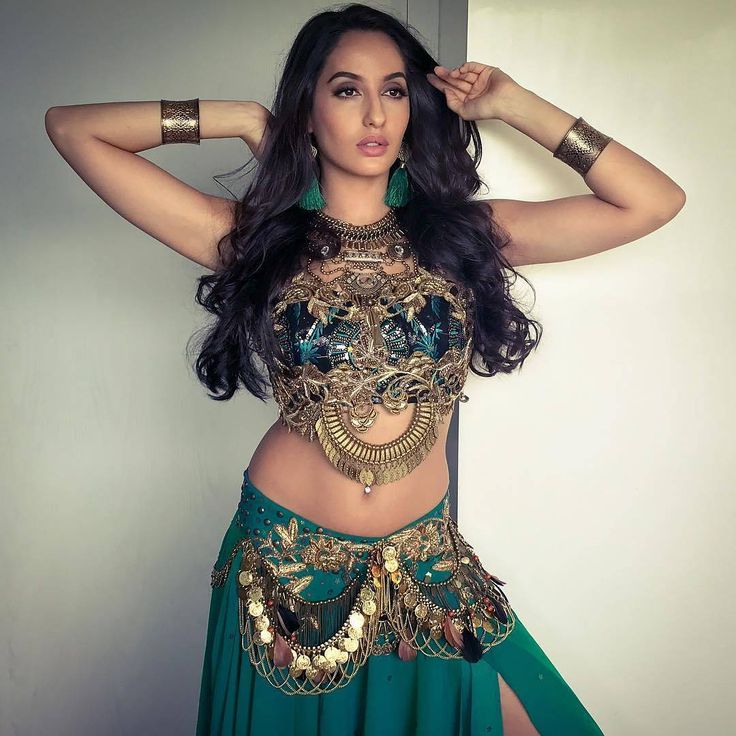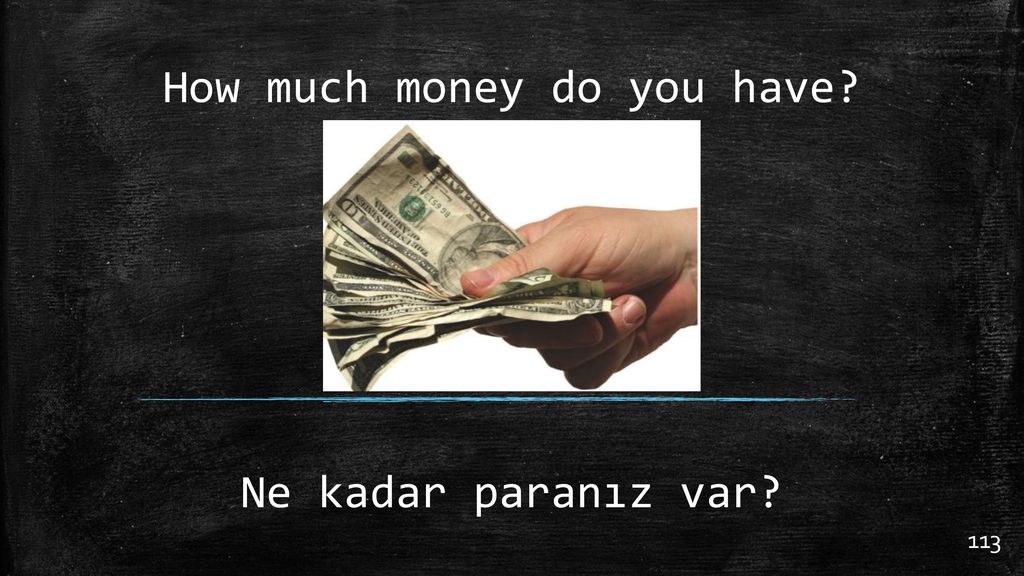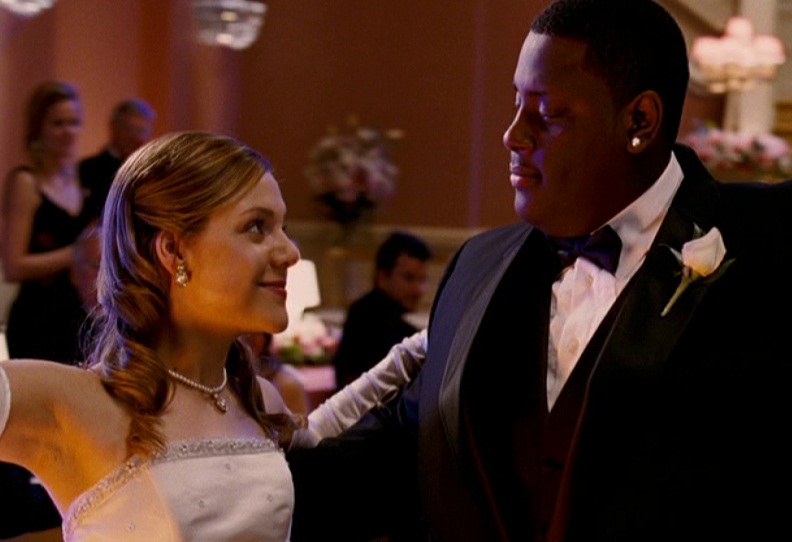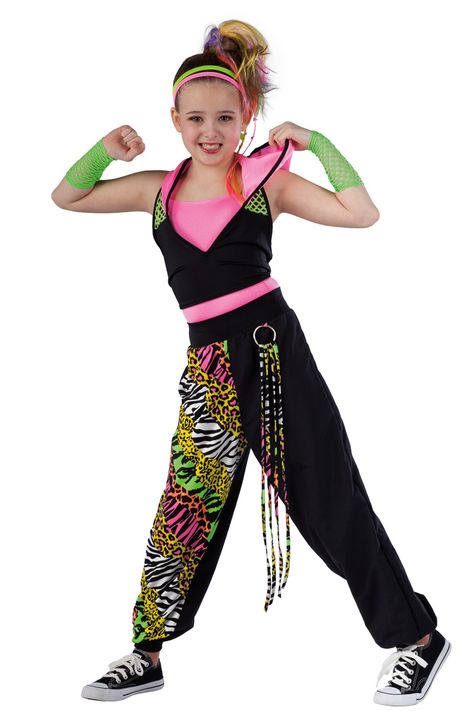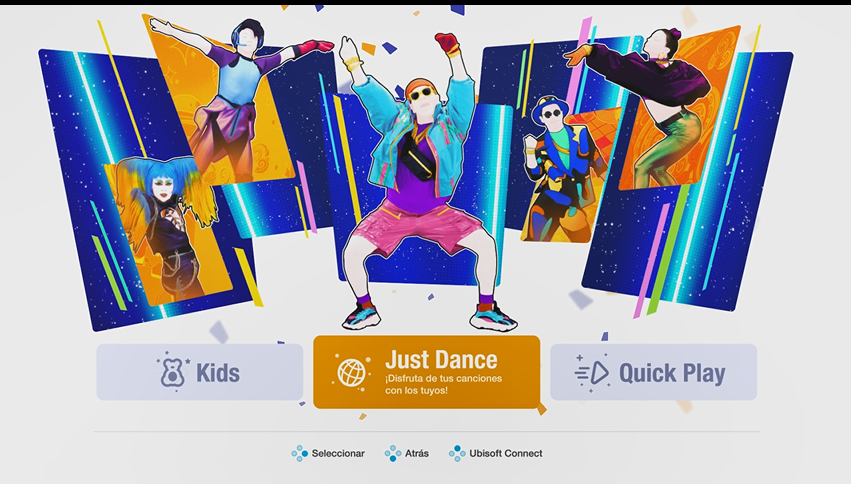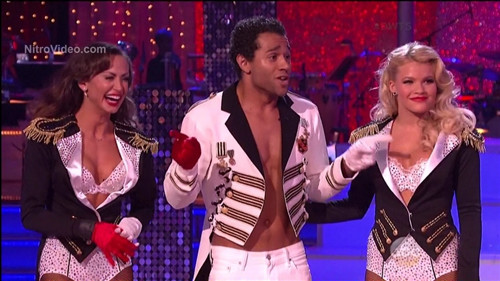How to robot dance tutorial
How to do the robot
Learn how to dance like a robot in this video tutorial! Robot dancing is really all about dime stops from popping dance style. In this video you will learn how to dance the robot easily with foundational popping concepts.
Want more? Get the full Course:
The Ultimate Popping Dance Course (Beginner to Advanced)
Learn how to dance popping and locking with step by step video lessons. You will learn hits/popping, waving, robotics, gliding, vibrating, slow motion effects and more. Become the freestyler you always wanted to be and impress your friends with your dance moves. Includes 3+ hours of video lessons. You can download it instantly or stream it online here.
Learn more & Buy it here (Click here)
[Transcript]
If we go to one of the purest forms and definitions of popping, it is actually to act or imitate as a robot. Robotics is all about dime stops. So dime stops is another huge fundamental dance style of popping. And it is the ability to freeze at a point in time.
Now technically speaking, you don’t even really have to hit to do dime stops. It’s more of just about the freeze. You definitely see a lot of poppers do a miniature hip when they dime stop.
Dime stop is definitely used a lot in robotics and I think it’s a great tool to use to develop patience when you dance. Starting out, it’s really easy to get caught in, “I got to do this. I got to go over here and do that.” But dime stops force you to freeze. So practicing dime stops can develop patience which is an awesome thing to have starting out.
So dime stops are I think a really easy move you can do on the first try. It’s just about freezing. So I’m going to give you a pattern to follow. Start with the left and the right arm to match it. And I’m just going to pick four corners. So I’m going to go left, down, down right, right. Pop.
Pop.
Now, I want to add a little bit more. I’m going to start using my heels to turn. Heels. Head.
Robotics is actually I think one of my favorite dance styles. I found myself roboting throughout the whole day. Roboting is definitely something that you can take your natural day-to-day movements and turn that into robotic style kind of dime stops.
So for example, let’s say I’m at dinner table. That’s the way I’m going to sit down. I put my arms out, set my plate right here, instead of just reaching out to get my fork and grab, I can go. So really, it’s just about using a regular way of doing things and thinking like a robot and using dime stops to kind of beat your communication for interpreting that as a dance.
I want you to think of a natural thing you do every day whether it’s brushing teeth or [0:02:26] [Indiscernible] and interpret that right now as a robot. If you were a robot, how would blank? OK? Fill that spot in. And we’ll catch you guys again.
[End of transcript]
More Hip hop dance videos
A dance — Aldebaran 2.
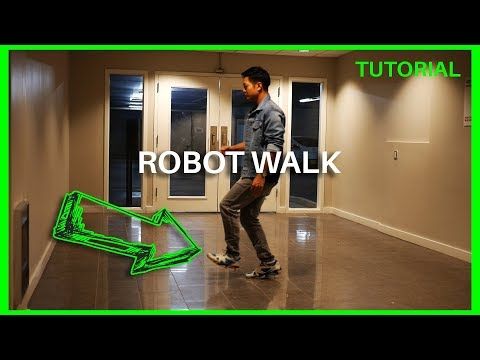 1.4.13 documentation
1.4.13 documentationNAOqi Motion - Overview | API | Tutorial
NAO only - Do not use on Pepper
Introduction
This tutorial explains how to use whole body Cartesian control API in order to make the robot dance with foot constraints, torso and arms Cartesian commands.
Note
The tutorial is written in Python.
Download
You can download the whole Body multiple effectors control example here: almotion_wbMultipleEffectors.py
For any troubleshooting linked to python, see Python SDK Install Guide section.
Code review
In this section we describe each important piece of code of the example.
NAOqi tools
- First, we import some external libraries:
- argparse: toolbox useful to define parameter
- motion: some useful definitions such as FRAME.
- almath: an optimized mathematic toolbox for robotics. For further details, see: libalmath API reference.

- time: mainly for the function sleep
- ALProxy: create proxy to motion and robotposture modules
Then, the proxy to ALMotion module is created. This proxy is useful to called ALMotion API.
''' Whole Body Motion: Multiple Effectors control ''' import argparse import motion import almath import time from naoqi import ALProxy def main(robotIP, PORT=9559): ''' Example of a whole body multiple effectors control "LArm", "RArm" and "Torso" Warning: Needs a PoseInit before executing Whole body balancer must be inactivated at the end of the script ''' motionProxy = ALProxy("ALMotion", robotIP, PORT) postureProxy = ALProxy("ALRobotPosture", robotIP, PORT) Initialization of the robot
When doing Cartesian control, it’s important to be sure that the robot is in a good configuration. To have the maximum range of control, the maximum stability and far away of singularity.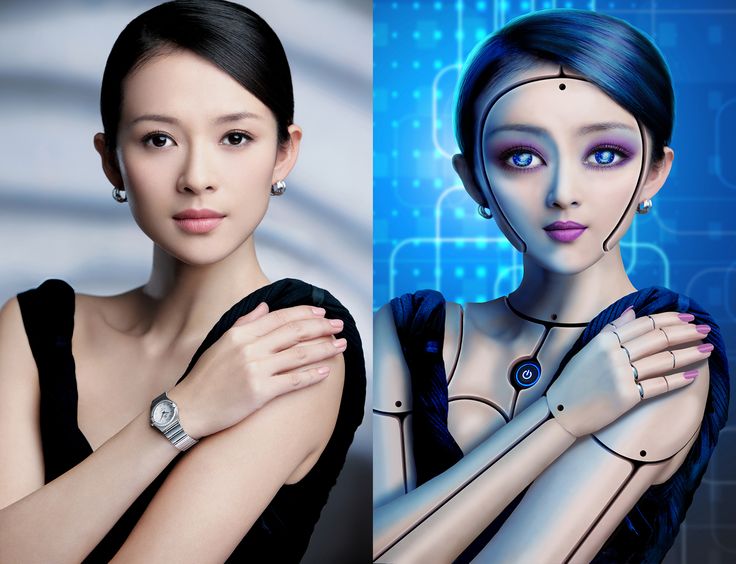
A PoseInit is a good posture before a Cartesian control of the Torso.
# Wake up robot motionProxy.wakeUp() # Send robot to Stand Init postureProxy.goToPosture("StandInit", 0.5) Whole body initialization
Here, we specify the whole body constraints:
- enable whole body
- both legs are fixed
- balance on double support
# Enable Whole Body Balancer isEnabled = True motionProxy.wbEnable(isEnabled) # Legs are constrained fixed stateName = "Fixed" supportLeg = "Legs" motionProxy.wbFootState(stateName, supportLeg) # Constraint Balance Motion isEnable = True supportLeg = "Legs" motionProxy.wbEnableBalanceConstraint(isEnable, supportLeg)
Arms motion
This code is dedicated to create motion with left and right arms in parallel.
By executing only this code, you will see all the robot move, but only the arms effectors are controlled.
useSensorValues = False # Arms motion effectorList = ["LArm", "RArm"] frame = motion.FRAME_ROBOT # pathLArm pathLArm = [] currentTf = motionProxy.getTransform("LArm", frame, useSensorValues) # 1 target1Tf = almath.Transform(currentTf) target1Tf.r2_c4 += 0.08 # y target1Tf.r3_c4 += 0.14 # z # 2 target2Tf = almath.Transform(currentTf) target2Tf.r2_c4 -= 0.05 # y target2Tf.r3_c4 -= 0.07 # z pathLArm.append(list(target1Tf.toVector())) pathLArm.append(list(target2Tf.toVector())) pathLArm.append(list(target1Tf.toVector())) pathLArm.append(list(target2Tf.toVector())) pathLArm.append(list(target1Tf.toVector())) # pathRArm pathRArm = [] currentTf = motionProxy.getTransform("RArm", frame, useSensorValues) # 1 target1Tf = almath.Transform(currentTf) target1Tf.r2_c4 += 0.05 # y target1Tf.r3_c4 -= 0.07 # z # 2 target2Tf = almath.Transform(currentTf) target2Tf.r2_c4 -= 0.08 # y target2Tf.r3_c4 += 0.14 # z pathRArm.append(list(target1Tf.toVector())) pathRArm.append(list(target2Tf.
toVector())) pathRArm.append(list(target1Tf.toVector())) pathRArm.append(list(target2Tf.toVector())) pathRArm.append(list(target1Tf.toVector())) pathRArm.append(list(target2Tf.toVector())) pathList = [pathLArm, pathRArm] axisMaskList = [almath.AXIS_MASK_VEL, # for "LArm" almath.AXIS_MASK_VEL] # for "RArm" coef = 1.5 timesList = [ [coef*(i+1) for i in range(5)], # for "LArm" in seconds [coef*(i+1) for i in range(6)] ] # for "RArm" in seconds # called cartesian interpolation motionProxy.transformInterpolations(effectorList, frame, pathList, axisMaskList, timesList)
Torso motion
This code is dedicated to create Cartesian motion of the robot’s torso.
During execution the arms will be fixed in FRAME_ROBOT.
This is due to the fact that a previous called (positionInterpolation) on Arms effector has automatically set effector optimization to True ( wbEnableEffectorOptimization(Arms, True) ).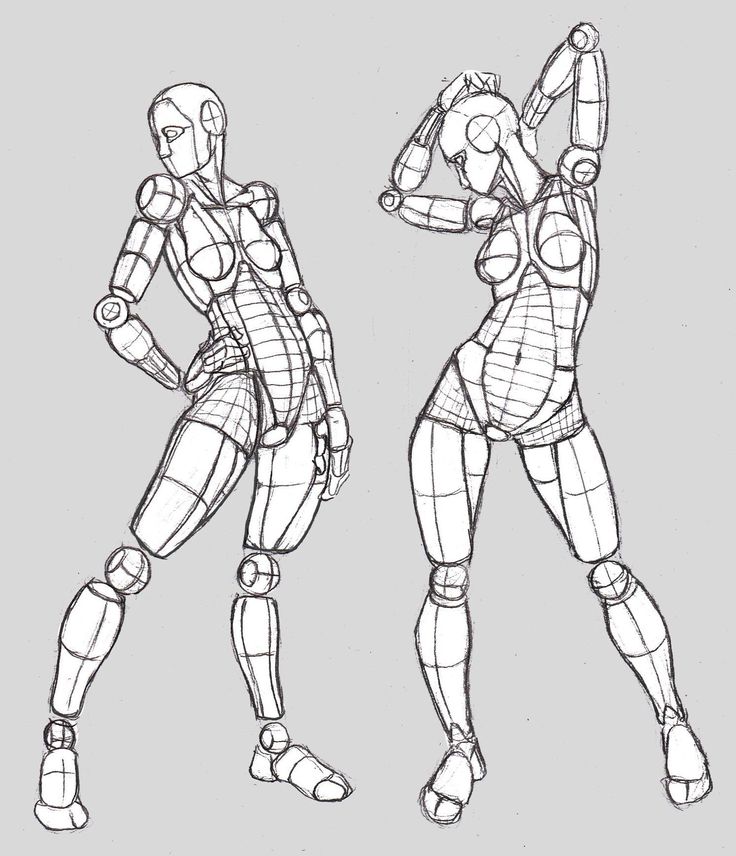
# Torso Motion effectorList = ["Torso", "LArm", "RArm"] dy = 0.06 dz = 0.06 # pathTorso currentTf = motionProxy.getTransform("Torso", frame, useSensorValues) # 1 target1Tf = almath.Transform(currentTf) target1Tf.r2_c4 += dy target1Tf.r3_c4 -= dz # 2 target2Tf = almath.Transform(currentTf) target2Tf.r2_c4 -= dy target2Tf.r3_c4 -= dz pathTorso = [] for i in range(3): pathTorso.append(list(target1Tf.toVector())) pathTorso.append(currentTf) pathTorso.append(list(target2Tf.toVector())) pathTorso.append(currentTf) pathLArm = [motionProxy.getTransform("LArm", frame, useSensorValues)] pathRArm = [motionProxy.getTransform("RArm", frame, useSensorValues)] pathList = [pathTorso, pathLArm, pathRArm] axisMaskList = [almath.AXIS_MASK_ALL, # for "Torso" almath.AXIS_MASK_VEL, # for "LArm" almath.AXIS_MASK_VEL] # for "RArm" coef = 0. 5 timesList = [ [coef*(i+1) for i in range(12)], # for "Torso" in seconds [coef*12], # for "LArm" in seconds [coef*12] # for "RArm" in seconds ] motionProxy.transformInterpolations( effectorList, frame, pathList, axisMaskList, timesList)
5 timesList = [ [coef*(i+1) for i in range(12)], # for "Torso" in seconds [coef*12], # for "LArm" in seconds [coef*12] # for "RArm" in seconds ] motionProxy.transformInterpolations( effectorList, frame, pathList, axisMaskList, timesList) Release constraint and disable whole body
This part is essential and stops the whole body balancer.
# Deactivate whole body isEnabled = False motionProxy.wbEnable(isEnabled) # Send robot to Pose Init postureProxy.goToPosture("StandInit", 0.3) # Go to rest position motionProxy.rest() Robot Dance training for beginners (NEW) ALL LESSONS >>>
Robot is one of the styles of modern street dance. The robot style was the basis of the popping dance style. The direction of the robot had a strong influence on the development of other directions, such as dubstep dance , electric boogie .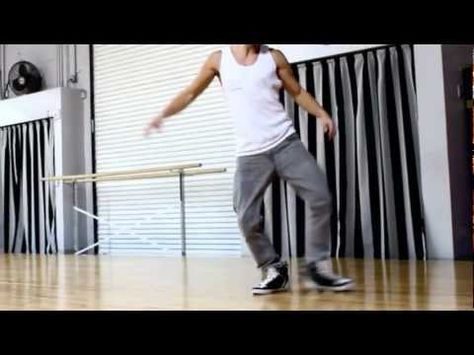 Even in the hip-hop style, techniques taken from the robot style are used. Therefore, learning a robot will make your dance more expressive and stunning.
Even in the hip-hop style, techniques taken from the robot style are used. Therefore, learning a robot will make your dance more expressive and stunning.
1. About the robot dance. Basic Robot Dance Technique (Video Training Course on Robot)
First of all, pay attention to fixing the dime stop and how to do isolations correctly. It is these things that give a feeling of mechanicalness and iron, creating the image of a terminator or a moving combine according to your desire))) Also, do not rush and do not try to keep up with the music, because your robot is not late for the train!
Another little secret that will allow you to blow the mind of any viewer. Try not just to move like a robot, but try to become a robot at the moment of the dance! Then all your movements will be transformed and become true!
There is a robot dance school in Moscow in Moscow.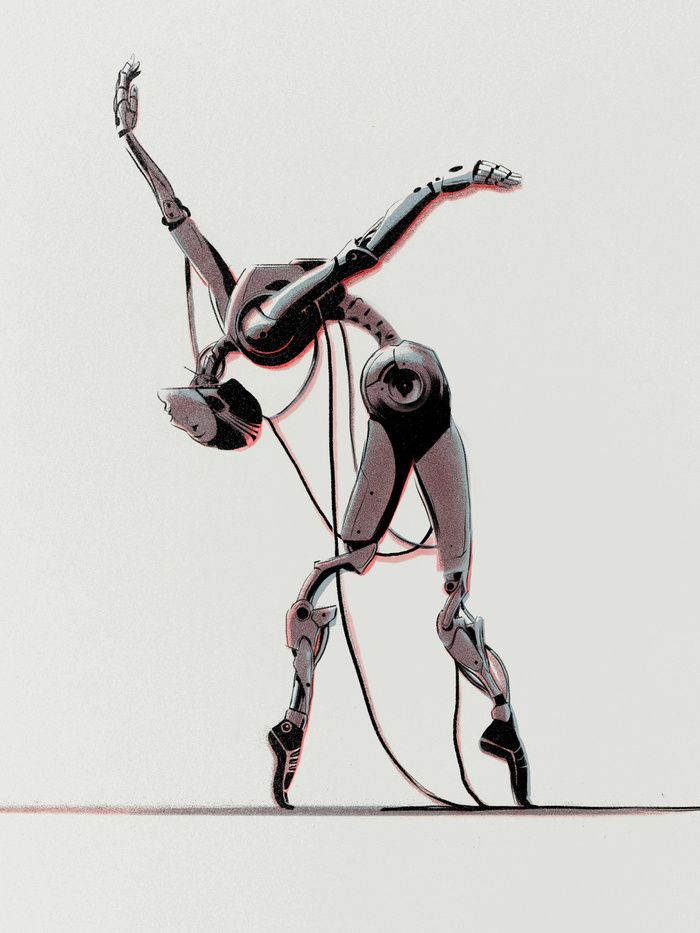 If you want to quickly master this direction under the strict guidance of experienced trainers - come, we will help :)
If you want to quickly master this direction under the strict guidance of experienced trainers - come, we will help :)
2. Sequences in robot dance. Training for beginners
As such, there is no basic technique in this style, but it is replaced by the principles of dance performance. One of the most important principles is the principle of sequence of movements. That is, one next movement does not begin until the previous one ends. Of course, there are exceptions to this rule, as to any rule, but at first it helps a lot to avoid mess and confusion when performing a dance. Here, in general, the main thing you need to know for the successful development of this spectacular style!
3. Robot-style arm movements: online robot dance lesson
Many beginners often have a question: what can be done in a robot? What movements can be used in robot dance? 80% of robotic movements are done with the hands. So, you must know and be able to do it. In this lesson, the different options for how the hands should move will be analyzed in detail. Even using only them, you can create very cool numbers and introduce the viewer into a complete trance.
So, you must know and be able to do it. In this lesson, the different options for how the hands should move will be analyzed in detail. Even using only them, you can create very cool numbers and introduce the viewer into a complete trance.
4. Body movements. Robot dance tutorial
How to do inclinations correctly? Is it possible to use turns, and what is necessary for your body to become the body of a real "iron" robot. We will analyze the basic movements of the body during the dance, as well as you will learn about the principle of "fragmentation" and learn how to apply it.
5. Movement or gait of the robot. Online video lesson on the robot.
In this video tutorial you can learn how to walk like a robot. I will show several options for walking, which will make the image of a robot in your dance more solid and "iron". There are simple movements that are suitable for beginners, and a little more difficult. In any case, I'm sure that with just a little time, you can learn how to dance the robot! What's more, it's worth it!
There are simple movements that are suitable for beginners, and a little more difficult. In any case, I'm sure that with just a little time, you can learn how to dance the robot! What's more, it's worth it!
6. Microcontrol and isolation. Robot dance training.
Want to learn how to dance the robot really cool? So that when people see your dance, they stand with their mouths open? Then it's time to "tune" the technique and work on an important detail, such as "micro control". You will learn one concept that will help you stand out from other people and dancers.
Robot dance lessons for beginners and not only in Moscow. Come join us for a trial session. It's free :) To sign up for it - click on the pink button below.
Learn how to dance like a robot? Contemporary Art
"How to dance like a robot?" - thinks a young man or a girl, with bated breath watching his peers, performing mechanical movements.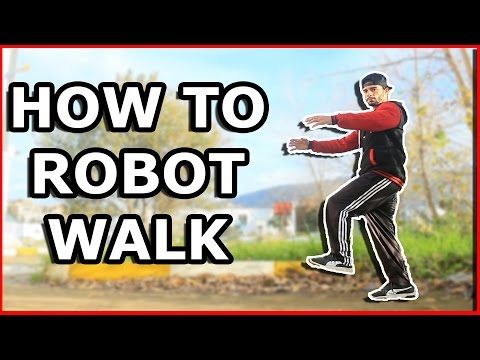 It may seem strange, but this dance was "born" not yesterday, but in the mid-sixties of the last century. In combination with strange mechanical music, all this looks bewitching. This type of dance is called "dance-illusion" by many professional choreographers. And this is not surprising, since the robot dance is based on illusion and leaves few people indifferent. Despite the fact that the fashion for dance art is quite changeable, it is admired in youth circles. In this regard, many teenagers and young people are wondering how to dance like a robot.
It may seem strange, but this dance was "born" not yesterday, but in the mid-sixties of the last century. In combination with strange mechanical music, all this looks bewitching. This type of dance is called "dance-illusion" by many professional choreographers. And this is not surprising, since the robot dance is based on illusion and leaves few people indifferent. Despite the fact that the fashion for dance art is quite changeable, it is admired in youth circles. In this regard, many teenagers and young people are wondering how to dance like a robot.
Youth dances
Youth always looks ahead. It is swift and fast, and that is why young people quickly "grab" all the new products that come to us from behind the hillock. When it comes to dancing, most of today's guys and girls are interested in the so-called street dancing, so it's not surprising that the question "how to dance like a robot" excites them quite a lot. The dance technology is quite simple, it is as follows: look and copy.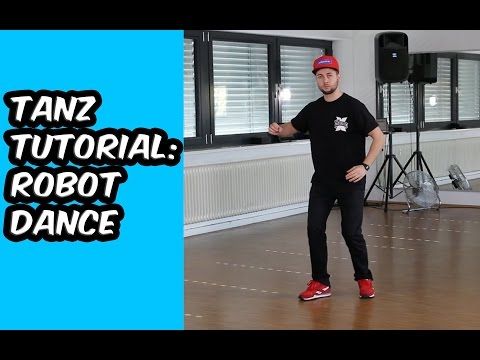 Now it is not at all necessary to go to dance courses - just look at the English football player Peter Crouch and perform the same movements. In order to quickly achieve the desired goal, you need to train every day. After all, it’s not difficult, in fact, to allocate half an hour for this?
Now it is not at all necessary to go to dance courses - just look at the English football player Peter Crouch and perform the same movements. In order to quickly achieve the desired goal, you need to train every day. After all, it’s not difficult, in fact, to allocate half an hour for this?
Robot dance
Now the question "how to dance like a robot" can only be asked by those who are really passionate about this type of dance, who do not care about the opinion of the majority and who are not afraid to be old-fashioned in the eyes of their peers. You can learn to dance on your own, especially if you have a sense of rhythm and imagination. It should always be remembered that the dance of a robot is a "dance-illusion", that is, as those who ate a dog in this matter say, "nothing will ever work without illusions."
How to learn the robot dance
That is, in order to understand how to dance the robot dance, you need to understand its essence. However, this also applies to other dances, and it should be remembered that in each of our movements, conscious or not, there is a huge meaning.
